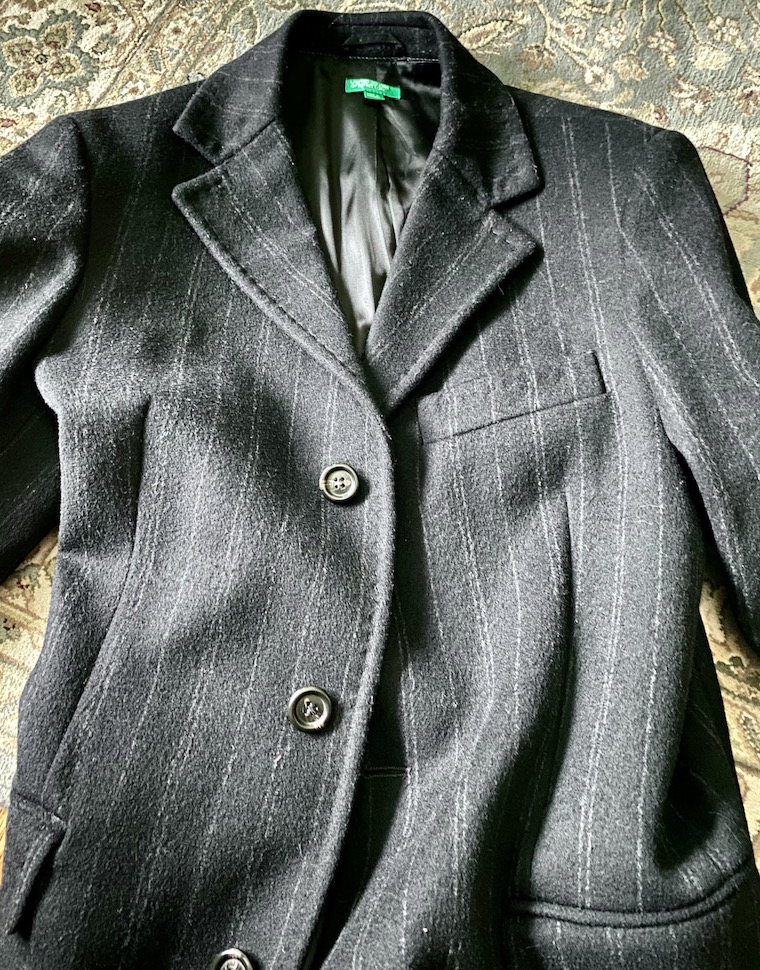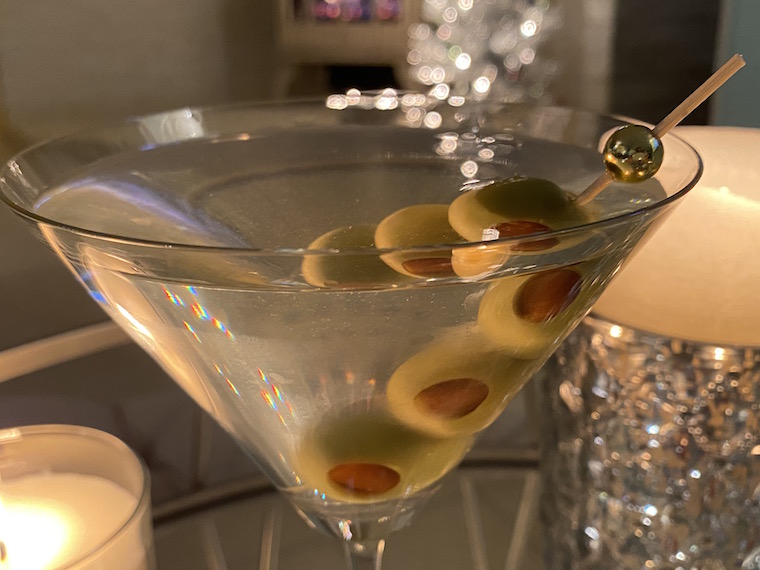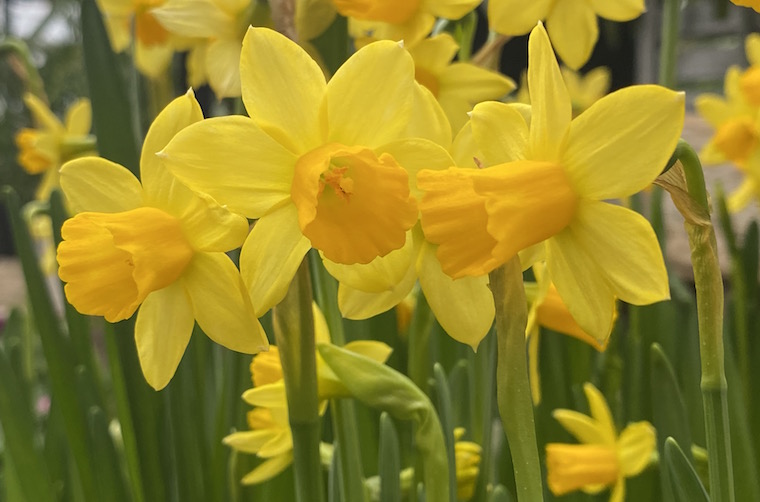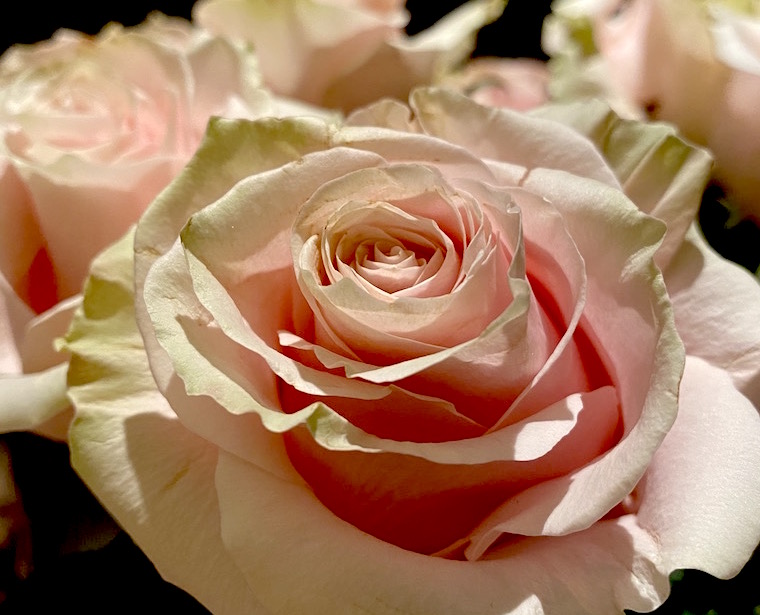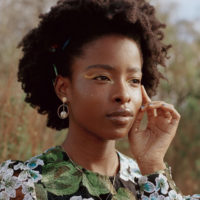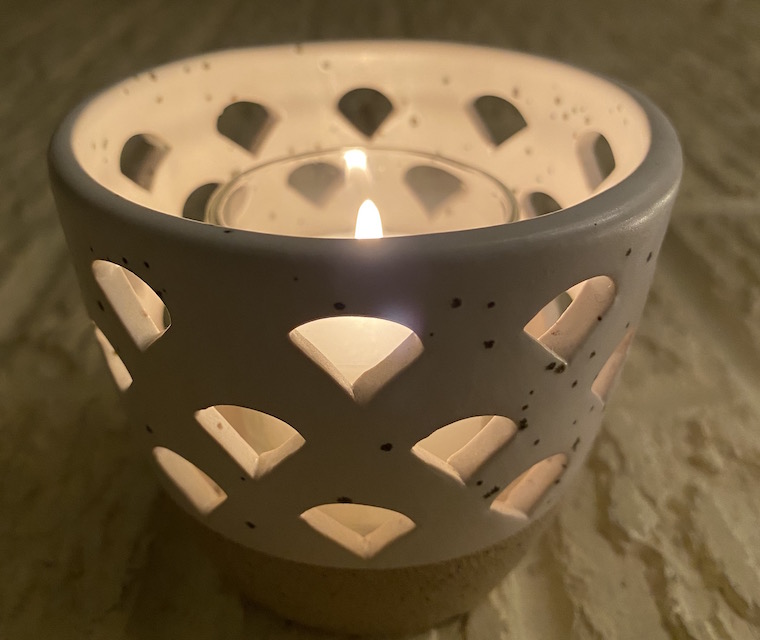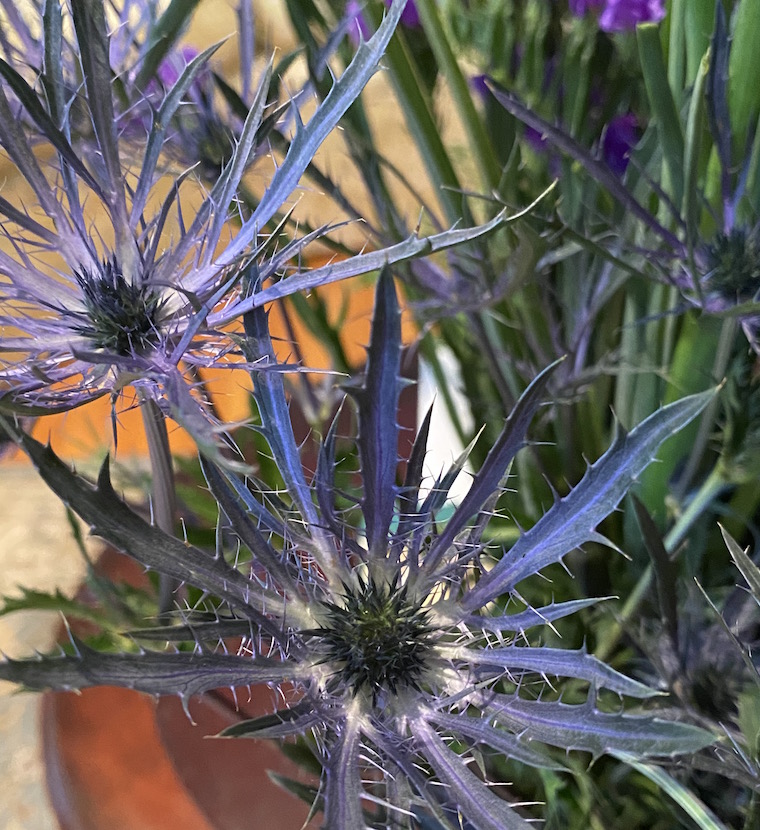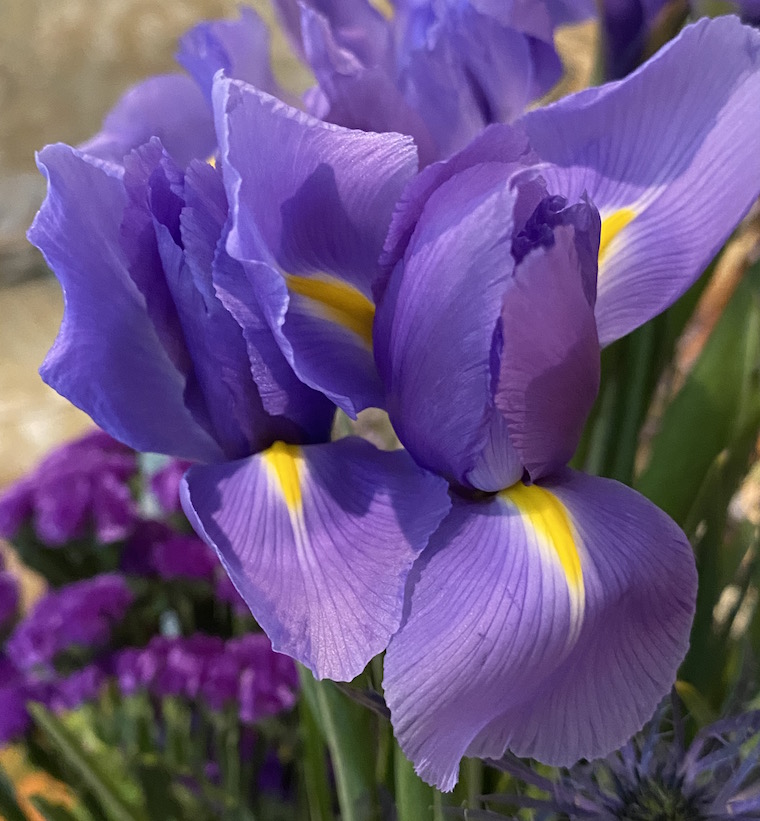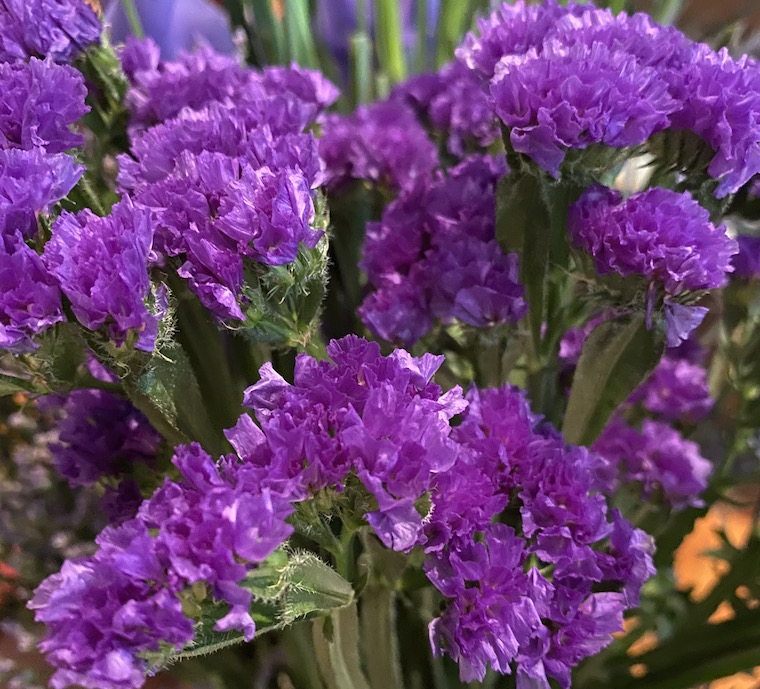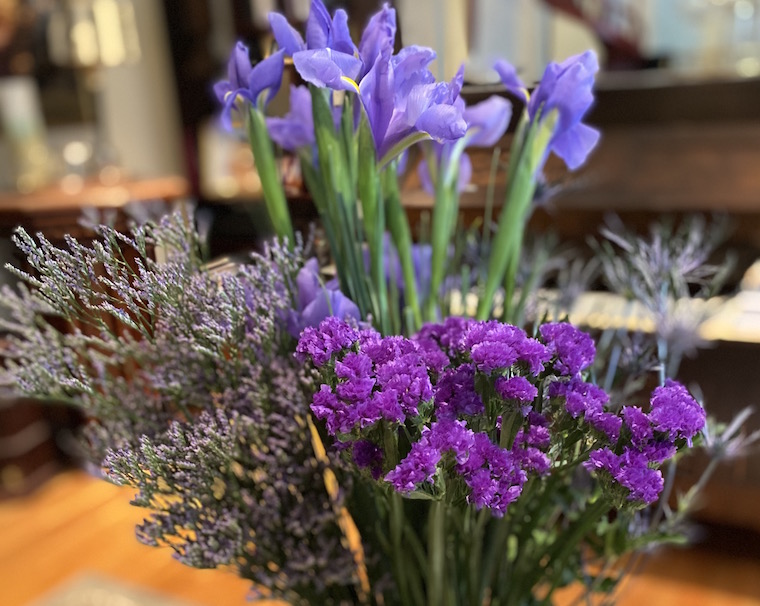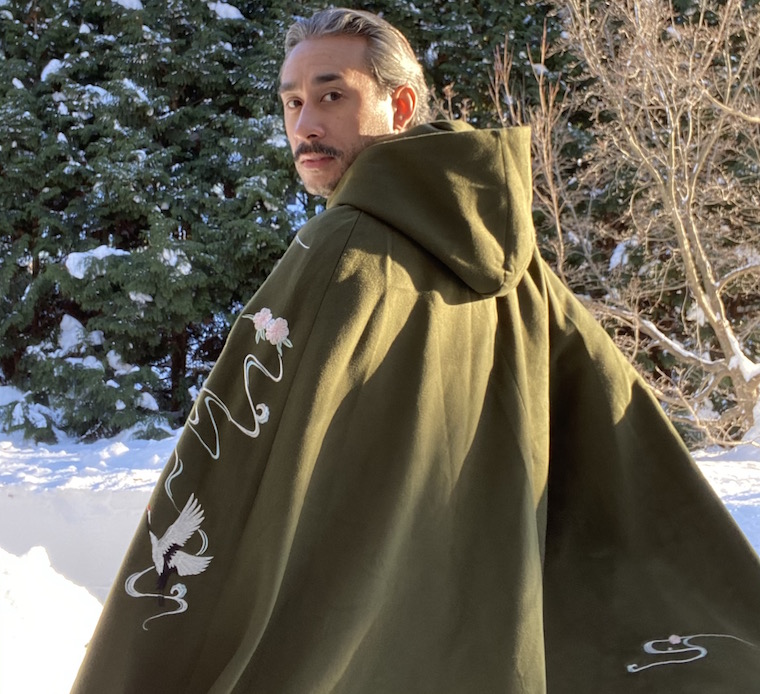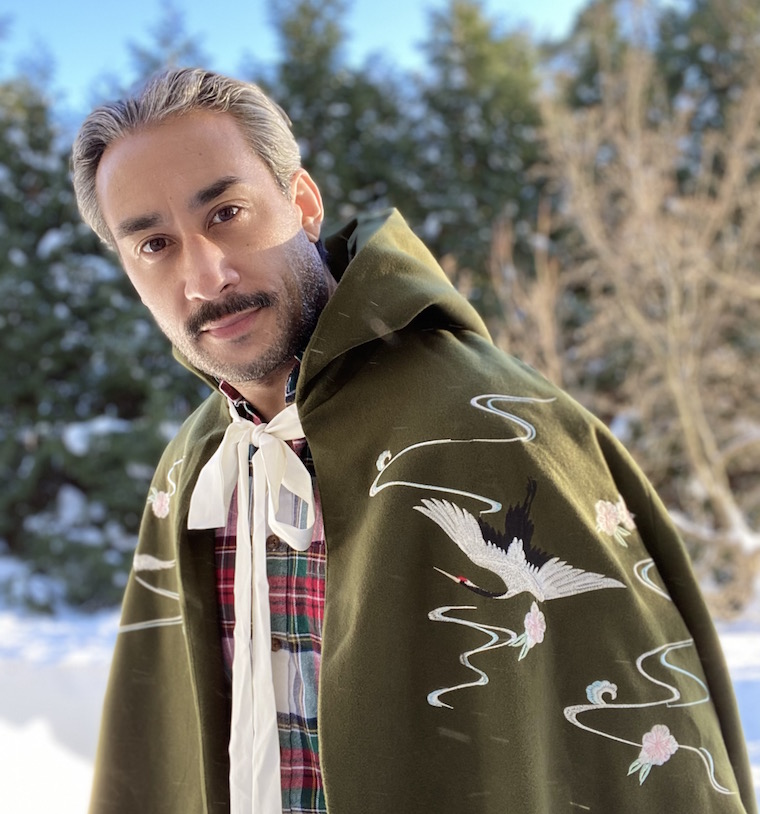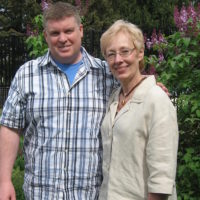He was one of the coolest guys in high school, at least in my eyes. Popular, but not the football jock kind of popular. He played sports well, but he focused on tennis. His style was preppy and elegant, but more than all of that it seemed effortless. Most importantly, he introduced me to the top coat- that often-woolen overcoat that bedecked a proper gentleman in the cutting winter months, which is when the bulk of high school took place.
His was black, and slightly boxy on his short frame, but I didn’t notice the cut as much as the way it flapped about him almost like a cape, putting him into sartorial superman status in my envious eyes. It was the ultimate visage of studied sophistication, and I wanted it.
Like me, he had a younger brother, and like me he was a rarely seen fraternizing with him. He was a few grades above me – a senior to my freshman – but we shared a gym class, where he would change into gym clothes and reveal some rather bulky and uninspiring tighty-whities at the time when boxer briefs were becoming the rage. His chest was covered in a thick coating of hair, something foreign to most of us, when I’d furtively steal glances at him.
It wasn’t out of desire or want that I looked – my observation came from a place of curiosity and collection: I coveted the hair on his chest in the same way I coveted his top coat. It was a mark of manhood in my mind – a mark of what was desired by the world at large over any specific want or attraction of my own. Not that I didn’t sense or detect his chiseled beauty, but his confident smile and charismatic laugh were what I wanted to capture – that casual sense of self that I thought were made manifest in part by a top coat and chest hair.
He was my style mentor even if he didn’t realize it or directly play a part in my improvement. The previous year – in 8thgrade – I’d started to hone a sense of style based on Bill Cosby sweaters and Benetton preppiness. By my freshman year of high school, I was ready to up my fashion game. He was my new inspiration, and so I watched closely, albeit from a distance, and worked to refine my nonchalance. It wasn’t what he wore so much as how he wore it – unconcerned, unaffected, and entirely unaware of the effect he was having. It was more mesmerizing than the simple preppy look he had adopted and made his own, and I wondered if such an effect was something he had actively worked on achieving or whether it came naturally, and that he really didn’t care. Whatever the case, I wanted it, however and whichever way it came to be.
I wondered, at first, if his powers originated in his top coat. That would seem to be the most forceful evidence of his might, seen in the way he strolled in and out of school, a formidable woolen shield against a world of literal sports jackets and puffy ski coats from which most kids hadn’t quite graduated. If that’s where his strength lay, it would be easy enough to approximate in a top coat of my own, and I eventually got a gray one for Christmas I think. It was my first major step in growing up and into a style that suited my old soul.
Other inspiration followed – I found docksiders in a light tan, similar but not quite the same as his dark brown ones. A hairy chest would not come to me for over a decade, so there was nothing to be done about that, and his bushy hair was kept tame by frequent haircuts instead of any magical product, so I took my own route to deal with my dark locks.
He was a good role model to have, even superficially. Probably in other ways as well, since he was a top student and well-liked. I was less about being well-liked at that point and more about being admired. There was already a hard line between the two, and I began a long journey of straddling that line, starting with a top coat.
